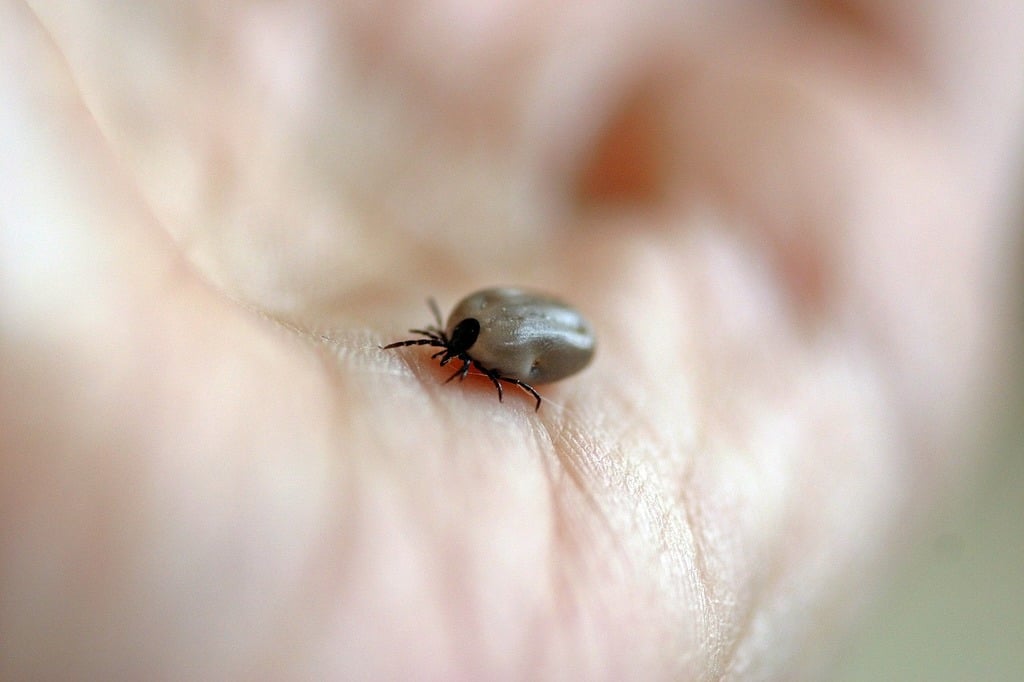Ticks are tiny pests that can carry a range of diseases known as tick-borne fevers. These diseases vary widely in their symptoms and severity. Understanding the different types of tick-borne fevers and their characteristics can help you protect yourself and your loved ones. Below, we have listed various diseases caused by ticks and their symptoms.

| Disease | Caused By | Symptoms | Transmission |
| Lyme Disease | Borrelia burgdorferi | Fever, headache, fatigue, rash | Deer ticks (Ixodes scapularis) |
| Rocky Mountain Spotted Fever | Rickettsia rickettsii | High fever, rash, headache, muscle pain | American dog ticks (Dermacentor variabilis) |
| Anaplasmosis | Anaplasma phagocytophilum | Fever, headache, muscle pain, nausea | Deer ticks (Ixodes scapularis) |
| Babesiosis | Babesia microti | Fever, chills, sweating, anemia | Deer ticks (Ixodes scapularis) |
| Ehrlichiosis | Ehrlichia chaffeensis | Fever, headache, muscle aches, rash | Lone star ticks (Amblyomma americanum) |

Characteristics
Lyme Disease: Lyme disease is caused by Borrelia burgdorferi. It is the most common tick-borne illness in the United States. Early symptoms include fever, headache, and fatigue, often accompanied by a characteristic “bull’s-eye” rash. If left untreated, Lyme disease can lead to joint pain, neurological problems, and heart issues. Rocky Mountain Spotted Fever: This disease is caused by Rickettsia rickettsii. It is characterized by a sudden high fever, severe headache, and a rash that typically starts at the wrists and ankles. This rash can spread to whole the body, and symptoms can escalate rapidly, making early treatment crucial. Anaplasmosis: Anaplasma phagocytophilum causes anaplasmosis. Symptoms include fever, headache, muscle pain, and nausea. This disease can be severe, especially in older adults or those with weakened immune systems. Babesiosis: Babesiosis is caused by Babesia microti. It presents with symptoms similar to malaria, including high fever, chills, and sweating. It can also lead to anemia. Babesiosis can be particularly dangerous for those with compromised immune systems. Ehrlichiosis: Ehrlichia chaffeensis is responsible for ehrlichiosis. Symptoms include fever, headache, muscle aches, and rash. This disease can mimic other illnesses and lead to severe complications if not treated promptly.Appearance
Ticks are small, but their size and appearance can vary by species. They generally have a flat, oval shape and can measure from 1/16 inch to 1/2 inch in length. They become engorged with blood after feeding, which makes them easier to spot. Identifying the tick species can help determine the risk of tick-borne diseases.Feeding Habits
Ticks usually feed on the blood of mammals, birds, and sometimes reptiles. They latch onto their hosts and can feed for several days. During this feeding process, ticks can transmit pathogens that cause tick-borne diseases. Ticks are more likely to transmit diseases the longer they remain attached.Living Habits
Ticks thrive in wooded, grassy, and bushy areas where they can easily come into contact with hosts. They are most active in warm, humid conditions and during late spring and summer. Keeping these areas around your home well-maintained and using tick repellents can help reduce your risk of tick-borne fevers.Myths & Facts about Ticks
| Myth | Fact |
| Ticks are only found in wooded areas. | Ticks can also be found in grassy and bushy areas. |
| If a tick is not attached for a long time, it can’t transmit diseases. | Ticks can transmit diseases even if they are attached for a short time. |
| All ticks carry diseases. | Not all ticks carry diseases, but it’s important to remove them promptly. |
| Tick-borne diseases are only a problem in certain regions. | Tick-borne diseases can occur in many areas, including urban and suburban regions. |
| You can spot a tick on your skin easily. | Ticks are small and are difficult to spot, especially if they are not engorged. |




